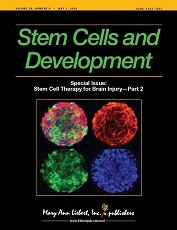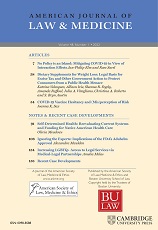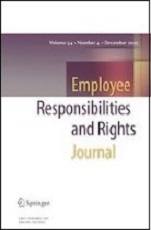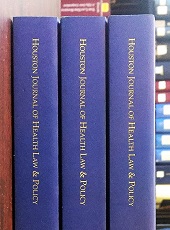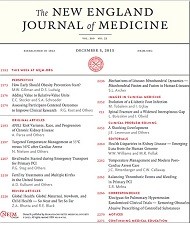Louise P King, Rachel L Zacharias, Josephine Johnston
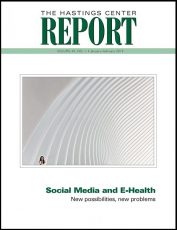
Abstract
Respect for autonomy is a central value in reproductive ethics, but it can be a challenge to fulfill and is sometimes an outright puzzle to understand. If a woman requests the transfer of two, three, or four embryos during fertility treatment, is that request truly autonomous, and do clinicians disrespect her if they question that decision or refuse to carry it out? Add a commitment to justice to the mix, and the challenge can become more complex still. Is it unfair for insurance policies to exclude from coverage the costs of giving fertility to those who lack it or restoring fertility in those who have lost it? What does “just reproduction” look like in the face of multifarious understandings of both justice and autonomy and in light of increasingly complex and costly reproductive technologies? In today’s dialogue about reproduction, medicine, and ethics in the United States, old ethical issues—such as whether women ought to be allowed to access pregnancy termination—are more contested than they have been in decades, while new technologies—like those used to edit the genes of human embryos—suggest that our species could face unprecedented questions about who should exist. As we considered the discussions accompanying these issues and contemplated a special report responding to them, we found ourselves consistently circling back to two ethical commitments: respect for autonomy and the pursuit of justice. As one of the nine essays in this collection asks, why should certain women receive help to establish a pregnancy while others are thrown in jail when they miscarry or their child is stillborn? Respect for autonomy is required where individuals have the ability to make fully informed and voluntary choices. Yet does respecting autonomy require acceding to all the choices of patients or consumers of medical care? We consider these and related questions in this special report from the Hastings Center Report..
King LP, Zacharias RL, Johnston J. Autonomy in Tension: Reproduction, Technology, and Justice. Hastings Cent Rep. 2017 Nov 24;47:S3.
